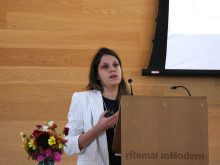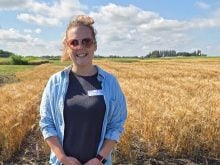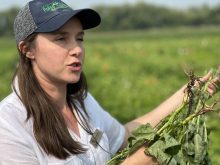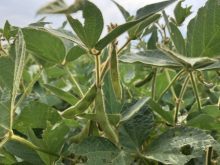EDMONTON – John Milne was making big changes in his life 40 years ago.
He moved from the family farm at Viking, Alta., to the Peace River district in 1965 and six years later was travelling throughout Germany to select a new breed of cattle.
While the rush was on to import Charolais, Simmental and Limousin from France and Switzerland, Milne was attracted to what was happening in Germany and settled on a little known breed called Gelbvieh.
He was attracted by Gelbvieh producers’ strong record keeping and animal pedigrees that stretched back generations.
Read Also
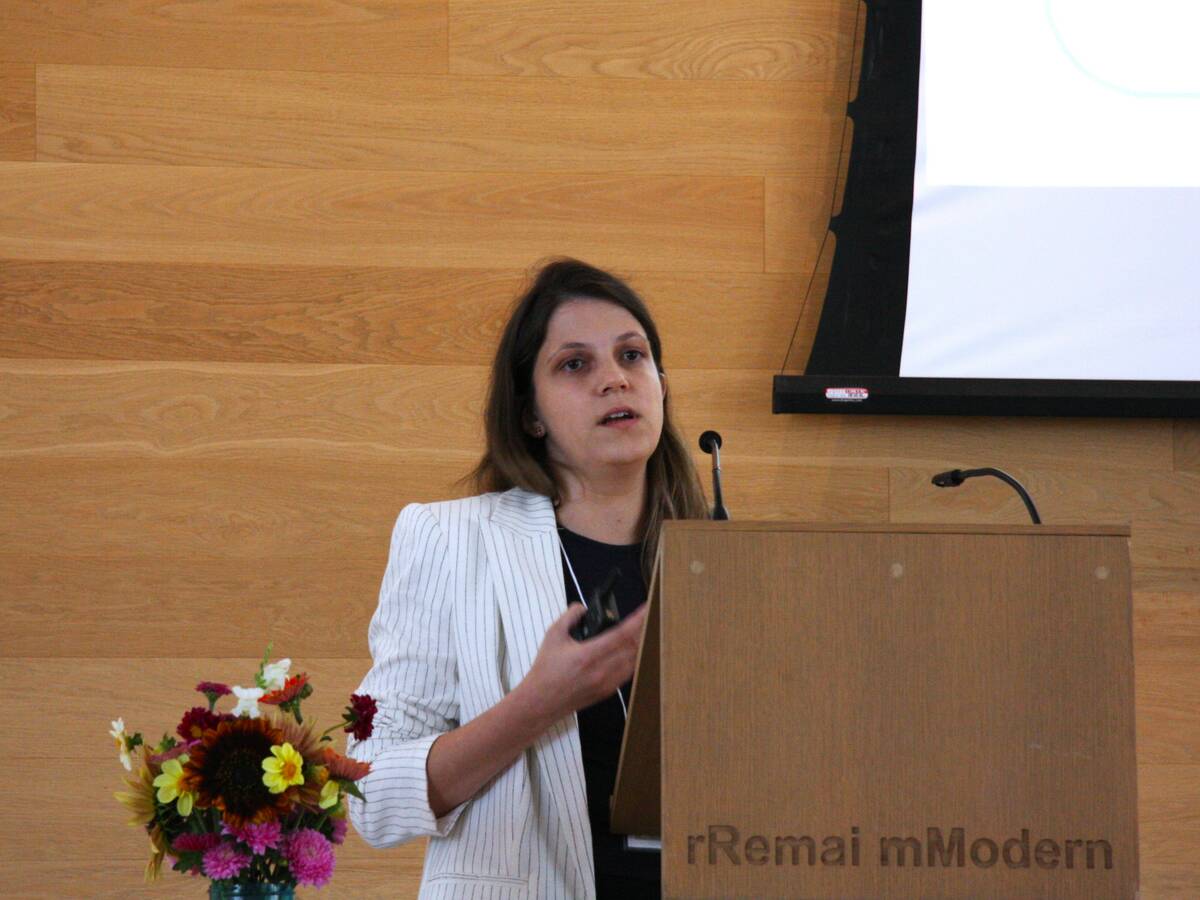
Fusarium head blight mycotoxin detector in the works
A PhD student at the University of Saskatchewan has been working on developing a method of detecting fusarium damaged kernels to ease the struggles of producers, agronomists and industry.
Working with local geneticists, he travelled to farms and made buying decisions on three-month-old calves.
“It was a risk. You had to pick them on the basis of sires and dams and their production records,” he said.
As he looked at European cattle he decided Germany had the best production records. He liked that kind of guarantee.
“You never talked to the owners of the cattle. You never saw a price,” he said.
By the time he decided to buy, his trip and the bull cost $8,000, a considerable sum at the time for an unproven breed.
His selection, a bull he named Canadian Pioneer, ended up in quarantine in Germany for a month and France for five months before it was loaded on an ocean liner for Canada. When it landed at Gros Ile, Que., it was quarantined for another three months before it could travel to Alberta.
Then Milne decided to send the young bull to stud, where it was placed with American Breeders Service for three months. That bull was among the first to come to North America and was the fourth to be registered in the new Gelbvieh association.
Milne was pleased with the bull from the start. Some importers made the mistake of selecting big, beefy animals that resulted in calving problems when mated to smaller Canadian types. Milne, on other hand, deliberately sought a more moderate type and the bull soon paid for itself through semen sales.
The first cheque for semen was $5,000 and the next was $10,000. At one point Milne was offered $100,000 for the bull but declined.
When the bull reached the end of its productive life, however, the final settlement cheque from the slaughterhouse was $720.
Would he do it again?
Considering the conditions of today’s market, Milne is not sure if he would take those same risks.
“Right now this livestock industry has a lot of clouds over it and I don’t know where it is going. We are getting pushed from many sides,” he said, noting the higher Canadian dollar, high cost of feed grain and financing, environmental pressures and food safety issues that modern beef producers must deal with.
Still, he and his family continue to raise Gelbvieh and at the 35th anniversary celebration of the breed in Canada, he was inducted into the Gelbvieh hall of fame.
Other inductees included Ted and Enid Jansen of Calgary and Darrell Nelson of Glenwood, Alta.



